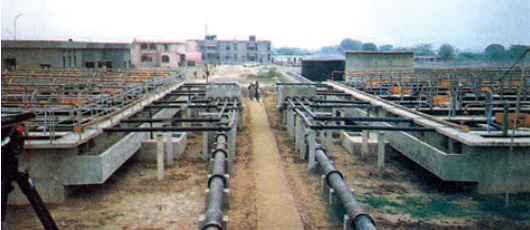![]() 8 Dec 2023
8 Dec 2023
Uncovering the Environmental Consequences: A Dive into Industrial Pollution
Industrial pollution refers to the negative environmental impact caused by industrial activities. These activities release various pollutants into the air, water, and soil, leading to environmental degradation.
Here are some key points about industrial pollution and its impact on the environment:
| Air Pollution |
|
| Water Pollution |
|
| Thermal Pollution |
|
| Noise Pollution |
|
Industrial pollution poses significant environmental challenges, affecting air, water, and noise levels, necessitating comprehensive solutions for sustainable practices.
Table: industrial Pollution and Environmental Degradation
|
Industrial Disaster
|
|---|
Every litre of waste water discharged by our industry pollutes eight times the quantity of freshwater. This industrial pollution can be reduced by following the below suggestions:

Sewage treatment plant
|
NTPC NTPC(National Thermal Power Corporation) is a major power providing corporation in India. It has ISO certification for EMS (Environment Management System) 14001. The corporation has a proactive approach for preserving the natural environment and resources like water, oil and gas and fuels in places where it is setting up power plants. This has been possible through:
|
|---|
Conclusion
Glossary
|
|---|
Also Read: Conventional Source of Energy: Definition, Source, Distribution & Challenges
<div class="new-fform">
</div>